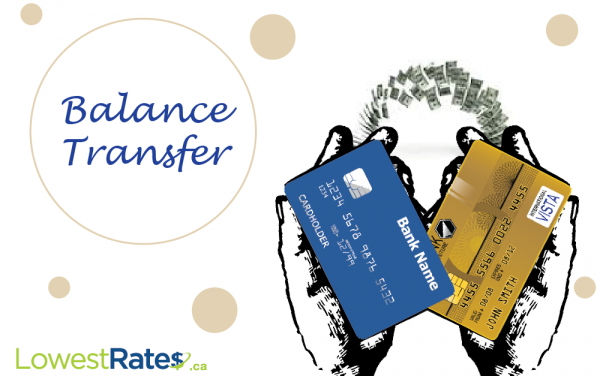Credit Card Debt: Why You Should Play the Balance Transfer Game
By: Nelson Smith on December 8, 2014
Being in credit card debt isn’t a lot of fun.
For most folks serious about getting back to zero, dealing with credit card debt consists of a lot of cheap, homemade meals, having a nonexistent entertainment budget, and saying no to anything but the cheapest of vacations. After all, paying back credit cards is expensive. If it wasn’t, there wouldn’t be a problem in the first place.
Experts tend to disagree a little about the best way to tackle this debt. In one corner, we have the folks who think the loan with the highest interest rate should be paid off first. It costs the most to service, and therefore should get eliminated first.
I tend to like this rule, but with a caveat thrown in. Say you owed $10,000 at 8% and $1,000 at 18%. The first loan would set you back $800 in interest per year, while the second would only cost $180 per year. If you have to pick, it’s really easy to make the decision to tackle the biggest loan first in that situation.
Meanwhile, we have the group who is more concerned with small victories than overall costs. This group says you should pay off the loan with the smallest balance first, no matter the interest rate. The psychological benefits gained from paying off a loan completely far outweigh the increase in interest costs. This group would recommend paying off the $1,000 loan before the $10,000 loan even if the interest rate of the former was 0%.
Each side has its own pros and cons, which we won’t get too far into right now. Instead, let me introduce what I think is a better way to pay down credit card debt. All you need to do is use balance transfer deals effectively.
Here at LowestRates.ca, we’re currently running a promotion for the Scotiabank Value® Visa card. It charges just 0.99% interest on balance transfers for the first six months, before jumping up to 11.99% annualized. This can add up to some pretty serious interest savings.
Let’s look at an example. Say I owe $10,000 on various credit cards charging 18% per year in interest. If I transferred that balance to the Scotiabank Value® Visa, I’d save $800 in interest in the first six months alone. Assuming I didn’t pay a nickel of principal back, I’d still save another $300 per six months afterwards because the interest rate is much more attractive.
And that’s just assuming the standard interest rate. Many premium cards are worse. Your savings could be even more.
Simply getting a break on interest rates can be a huge boost when paying back debt. My example above showed me saving $1,100 just on interest savings alone after a year. If I plow those savings back into my debt, I’m already 11% ahead of where I started. When getting out of debt, it’s smart to use every advantage you can get.
Of course, there are a couple of caveats. This plan requires determination, and willingness to pay down the debt. It doesn’t make a whole lot of sense if someone is going to use the interest savings to squander somewhere else.
And secondly, it requires discipline to not just charge the card back up when the going gets tough, especially after the six month grace period.
Ultimately though, using balance transfer promotions is a smart way to save anywhere from a few hundred to over a thousand dollars in interest costs. Even if life happens and someone fails at getting the credit cards paid off, they’re still no further behind than they were before. As counterintuitive as it might seem, the numbers don’t lie. The answer to your credit card debt just might be more credit card debt.


